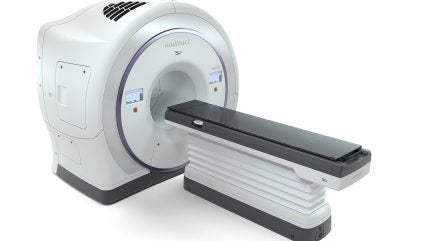
Heidelberg University Hospital in Germany has advanced its cancer treatment capabilities by investing in a fourth radiotherapy device, the Radixact System, from Accuray.
This latest acquisition is aimed at improving patient care by using the system’s advanced technology, including solutions such as ClearRT, Synchrony, and VOLO Ultra Optimizer.
The Radixact System is set to replace the hospital’s older-generation Accuray TomoTherapy System.
With the integration of Synchrony motion tracking and synchronisation technology, ClearRT helical fan-beam kVCT imaging, and the VOLO Ultra Optimizer, the new system promises enhanced workflow, improved clarity of images, increased precision, and the versatility to treat a broader range of cancer cases more effectively and efficiently.
Accuray president and CEO Suzanne Winter said: “At Accuray, we understand that certainty matters, to the clinical teams that use our radiation therapy systems, the patients who undergo treatment and the families whose loved ones require care.
“That’s why it’s so important to our team to provide customers around the world with technology that enables them to treat a wider range of patients and feel confident they are offering the best possible option for a full, high-quality life.
How well do you really know your competitors?
Access the most comprehensive Company Profiles on the market, powered by GlobalData. Save hours of research. Gain competitive edge.

Thank you!
Your download email will arrive shortly
Not ready to buy yet? Download a free sample
We are confident about the unique quality of our Company Profiles. However, we want you to make the most beneficial decision for your business, so we offer a free sample that you can download by submitting the below form
By GlobalData“As long-term users of both Accuray radiotherapy delivery platforms, they have a clear understanding of the value of the helical Radixact/TomoTherapy Systems’ and industry-only, robotic, stereotactic CyberKnife System’s unique designs.”
Heidelberg University Hospital has been using image-guided, intensity-modulated radiation therapy, which uses images acquired before each treatment for accurate patient and tumour positioning.
With two TomoTherapy Systems previously in place, the hospital’s team was able to treat up to one hundred patients a day.



